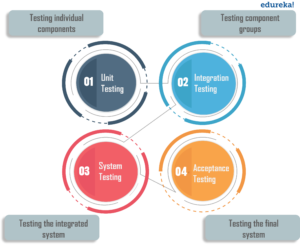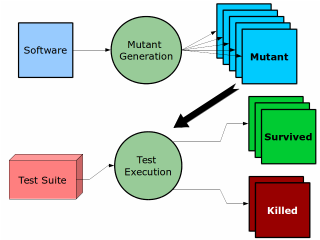Great Choices for the best of Web Testing
To ensure the successful development of any application, a tester must participate in all stages of development from creating a concept and analyzing requirements, to creating test specifications and releasing a finished product. Quality assurance is also a key element in subsequent, after passing through the development stages, reviews of the software product. However, it is often difficult to determine where to start organizing the testing process of a mobile application. For hassle-free testing, we recommend that you simply follow the nine steps below. Let’s look at the features of testing mobile applications. In case of the best Web testing this is essential.
Planning
When the development phase of the application is almost complete, you should again ask yourself what you are trying to achieve by developing this application and what limitations you have.

You must determine the following:
- Does your application interact with other applications?
- How functional are all the features of the application?
- Is the tested mobile app native, mobile-web, or hybrid?
- Is the task of testing an application limited to testing only the external interface?
- Are backend testing tasks worth it?
- What should be the compatibility with various wireless networks?
- How much do the application data and the free space occupied by it depend on the features of application use?
- How fast does your application load, how fast is surfing on the application menu and its functions?
- How will a possible increase in application load be handled?
- Do various changes in the status and condition of the phone affect the operation of the mobile application?
Make sure that you agree with the testing team on the role of each of them and on your expectations from the testing process. In the end, communication is the key to maintaining the right working environment in the team.
The correct understanding of roles and tasks also applies to the moment of writing down the list of test cases. The entire QA team must maintain and update this document with test reports of all the functions implemented throughout the development process.
Determination of the necessary types of testing mobile applications
Before testing any mobile applications, determine what exactly in this mobile application you want to test: a set of functionality, usability, compatibility, performance, security, etc. At the same stage, it makes sense to choose methods for testing a mobile application.
Determine which target devices the application is directed to and what functional requirements should be checked. You must also determine which target devices to include in the test list.
You can do it as follows:
- Find out which devices the application will support,
- Determine which version of the operating system will be the earliest of those supported by the application,
- Identify the most popular models of mobile devices with the target audience,
- Define a set of non-primary (additional) devices with screens of different sizes, potentially supported by the application,
- Decide whether you will use physical devices or their emulators for testing.
Some advantages of hybrid applications:
- More cost-effective compared to the native application.
- Simple distribution.
- Built-in browser.
- Features of the device.
Some disadvantages of hybrid applications:
- It doesn’t work as fast as the Native App.
- Graphics are less familiar with the OS compared to the Native App.
- Key Points of a Mobile Site Testing Strategy
Now we can think about our testing strategy. Let’s look at the main points and problems that we must face.




